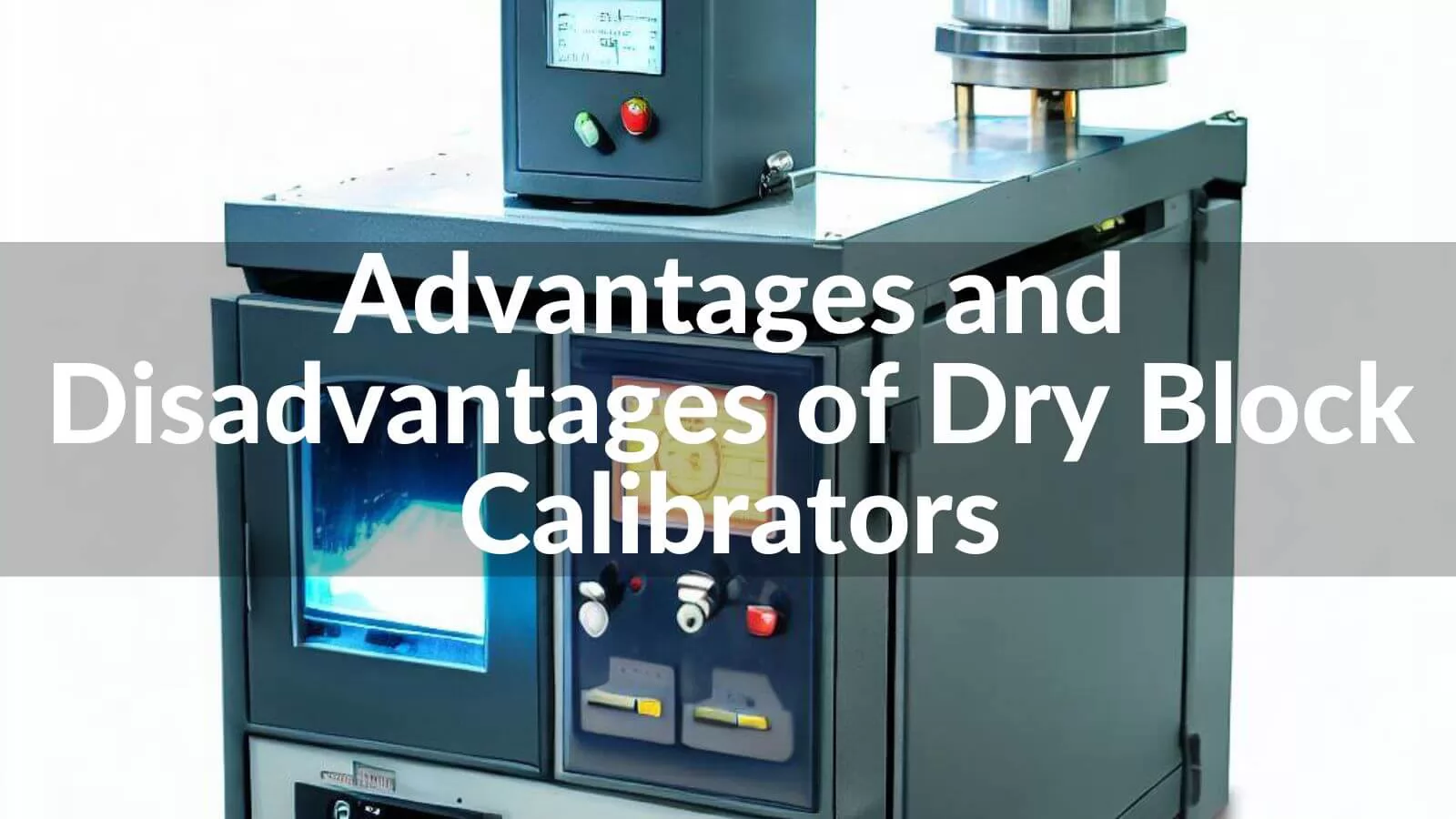 Dry block calibrators are devices used to calibrate temperature measuring instruments. They work by applying a stable temperature to the device being calibrated and then comparing the device's reading to the known temperature of the dry block.
Dry block calibrators are devices used to calibrate temperature measuring instruments. They work by applying a stable temperature to the device being calibrated and then comparing the device's reading to the known temperature of the dry block.
Dry block calibrators are a type of temperature calibration equipment that is widely used in many industries, including pharmaceuticals, food and beverage, oil and gas, and aerospace.
1. Introdcution
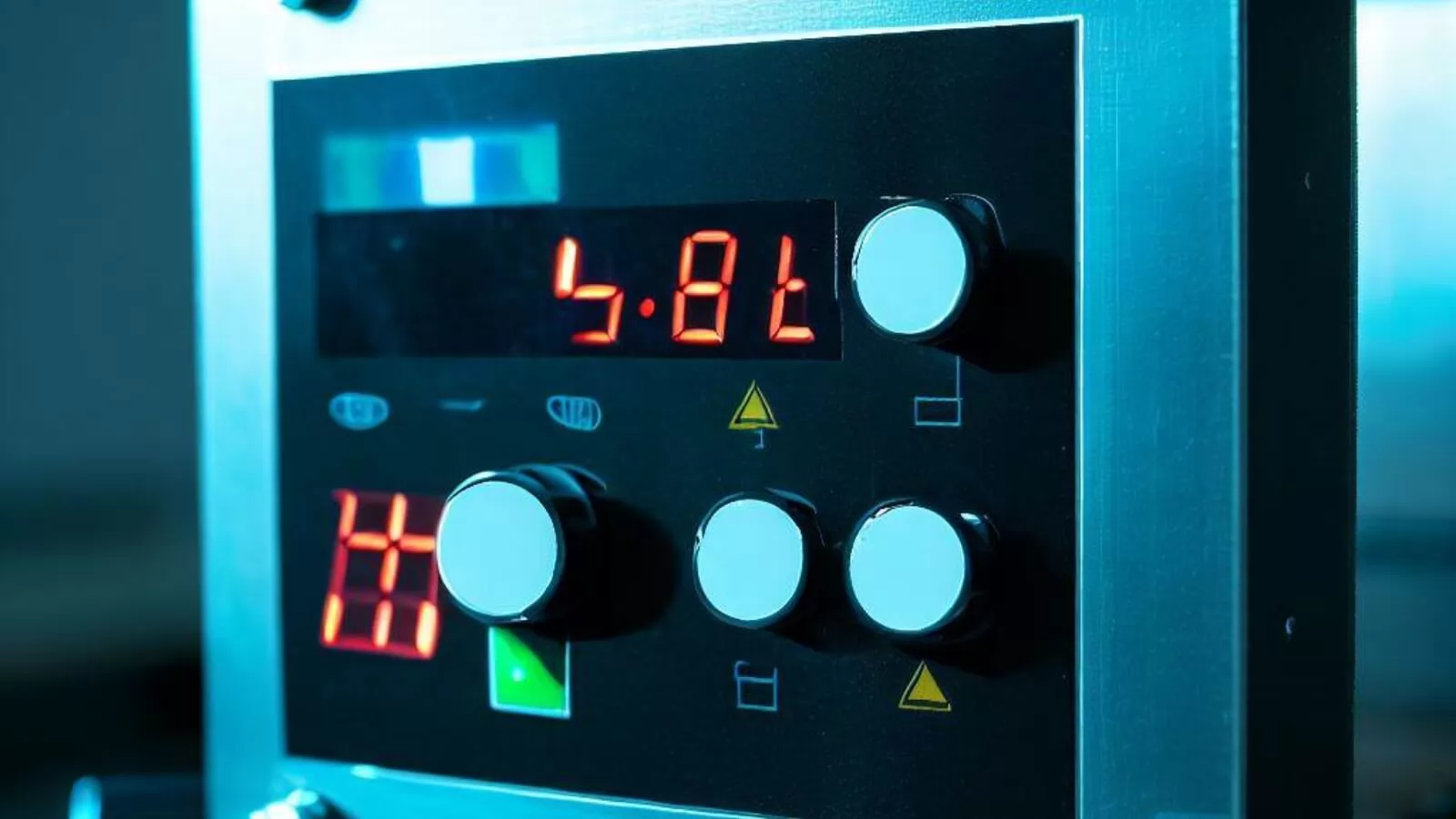
➣ Explanation of temperature calibration equipment
➣ Importance of temperature calibration in industrial processes
2. What is a Dry Block Calibrator?
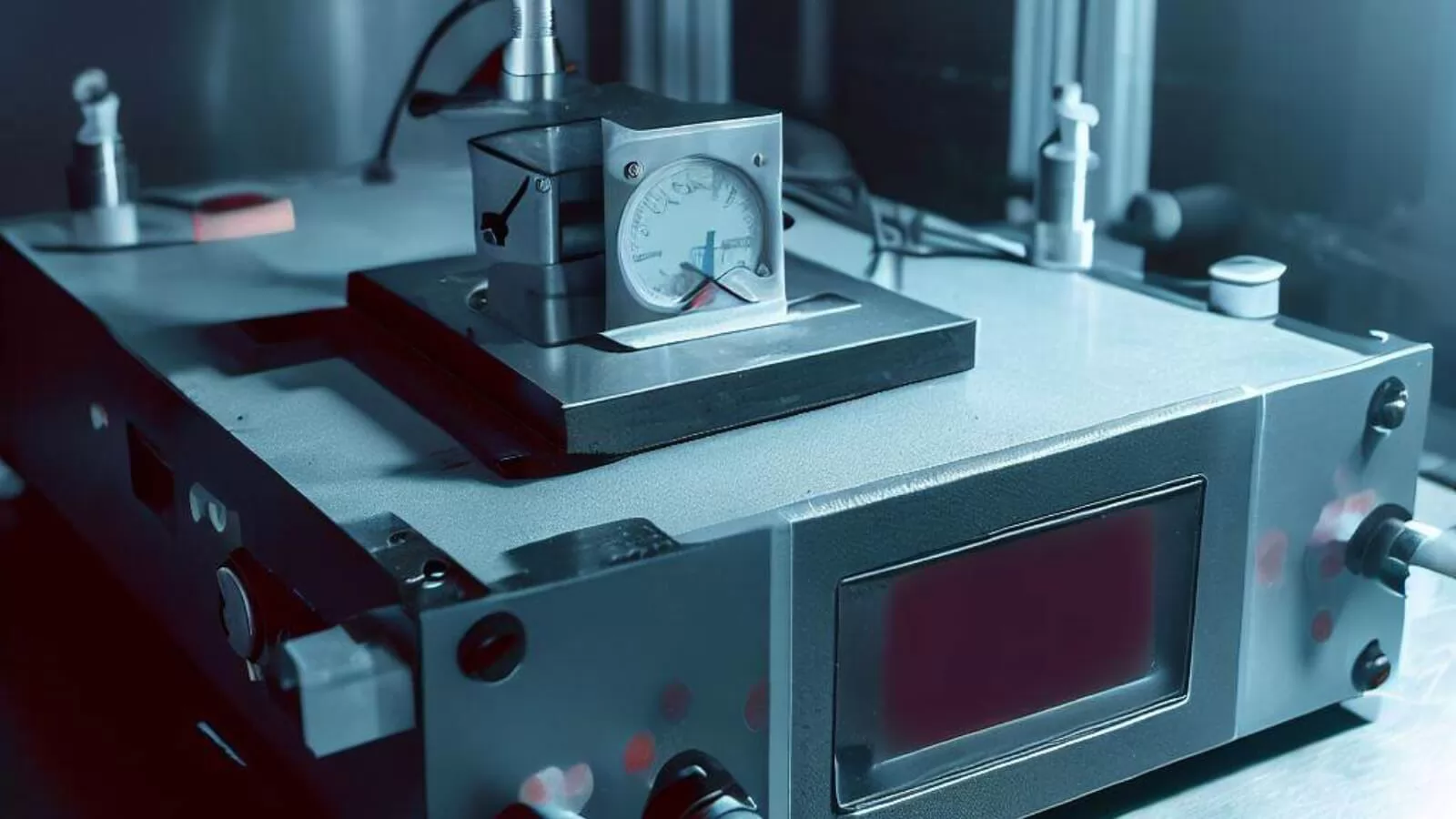
➣ Definition of a dry block calibrator
A dry block calibrator is a temperature calibration device that uses a solid metal block to maintain a stable temperature. The block is heated or cooled to the desired temperature using an electric heater or cooler. The device being calibrated is placed in the block, and its temperature is compared to the known temperature of the block.
➣ Explanation of how it works
Dry block calibrators work by creating a stable temperature environment around the device being calibrated. The block is made of a material that has a high thermal conductivity, such as aluminum or copper, which allows it to quickly reach and maintain a stable temperature. The block is heated or cooled using an electric heater or cooler, which is controlled by a temperature controller.
➣ Advantages of using a dry block calibrator
a) High accuracy
Dry block calibrators offer high accuracy, typically within ±0.1°C or better. This makes them ideal for calibrating temperature measuring instruments that require high levels of accuracy, such as those used in scientific research or in the aerospace industry.
b) Wide temperature range
Dry block calibrators can typically provide a wide temperature range, from below freezing to over 1000°C. This makes them suitable for calibrating a wide range of temperature measurement instruments.
c) Easy to use
Dry block calibrators are generally easy to use, with simple controls and clear displays that show the set and actual temperature. They also require minimal setup time and are ready to use within minutes.
➣ Disadvantages of using a dry block calibrator
a) Limited to certain applications
Dry block calibrators are limited to certain applications, and may not be suitable for calibrating all types of temperature measuring instruments. For example, they may not be suitable for calibrating instruments that require a liquid or gas medium for accurate readings.
b) Slow heating and cooling times
Dry block calibrators have slower heating and cooling times compared to liquid bath calibrators. This means that they may not be suitable for applications that require rapid temperature changes.
c) Calibration drift over time
Dry block calibrators can experience calibration drift over time, which means that their accuracy may decrease over time. Regular calibration and maintenance are necessary to ensure that they continue to provide accurate readings.
3. Dry Block Calibrator vs Liquid Bath Calibrator
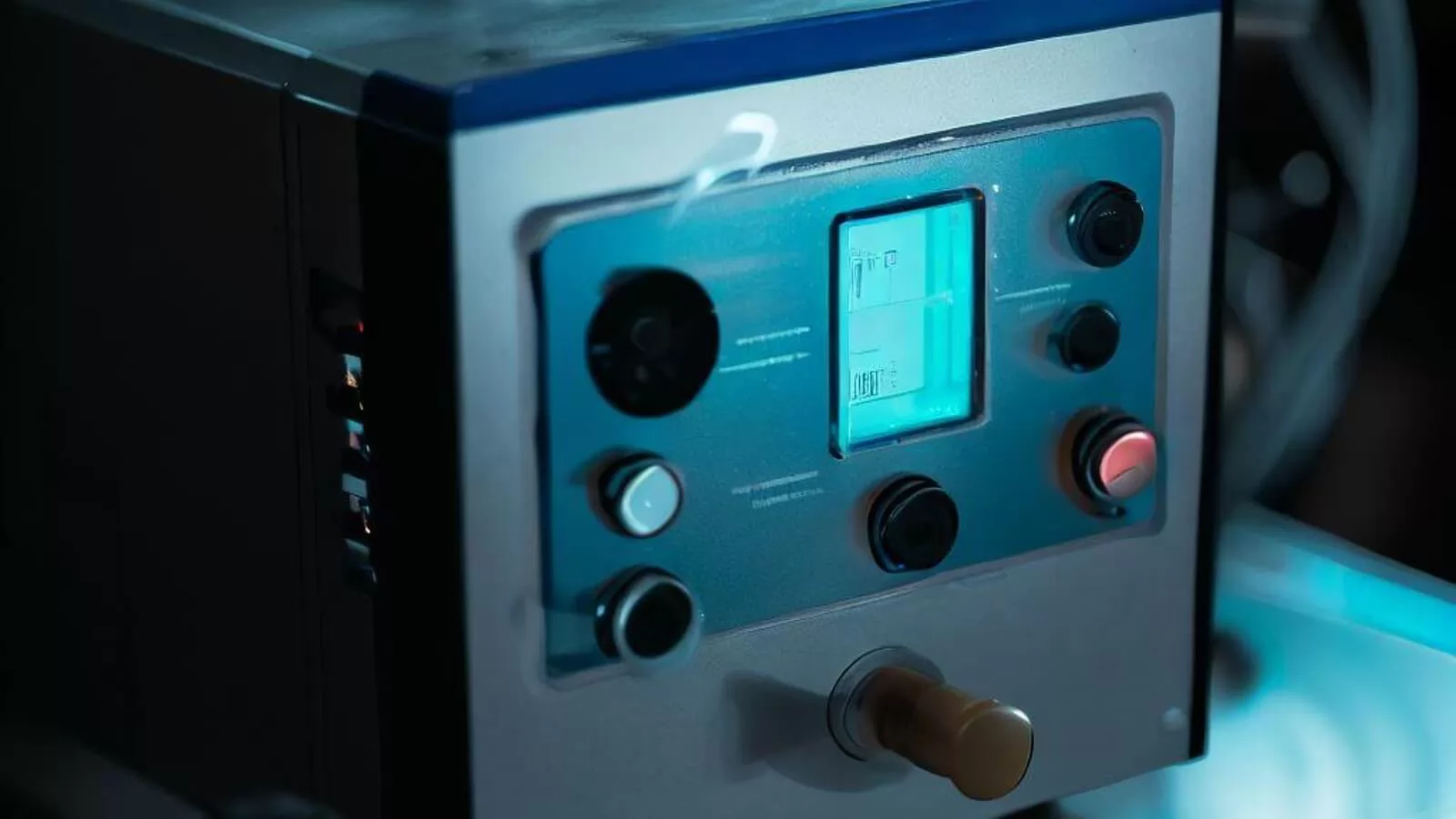
➣ Definition of liquid bath calibrator
Liquid bath calibrators are another type of temperature calibration equipment that use a liquid medium, such as oil or water, to create a stable temperature environment. The device being calibrated is placed into the liquid bath, and its temperature is compared to the known temperature of the bath.
➣ Advantages of liquid bath calibrators
a) Fast heating and cooling times
Liquid bath calibrators have faster heating and cooling times compared to dry block calibrators. This makes them suitable for applications that require rapid temperature changes.
b) Suitable for a wider range of applications
Liquid bath calibrators are suitable for a wider range of applications compared to dry block calibrators. They can be used to calibrate temperature measurement instruments that require a liquid or gas medium for accurate readings.
c) Low calibration drift over time
Liquid bath calibrators experience lower calibration drift over time compared to dry block calibrators. This means that they require less frequent calibration and maintenance.
➣ Disadvantages of liquid bath calibrators
a) Lower accuracy
Liquid bath calibrators offer lower accuracy compared to dry block calibrators, typically within ±0.5°C or better. This makes them less suitable for applications that require high levels of accuracy.
b) Limited temperature range
Liquid bath calibrators have a limited temperature range compared to dry block calibrators. They are typically limited to temperatures below 200°C, which makes them unsuitable for calibrating temperature measuring instruments that require higher temperatures.
4. Portable Dry Block Calibrator
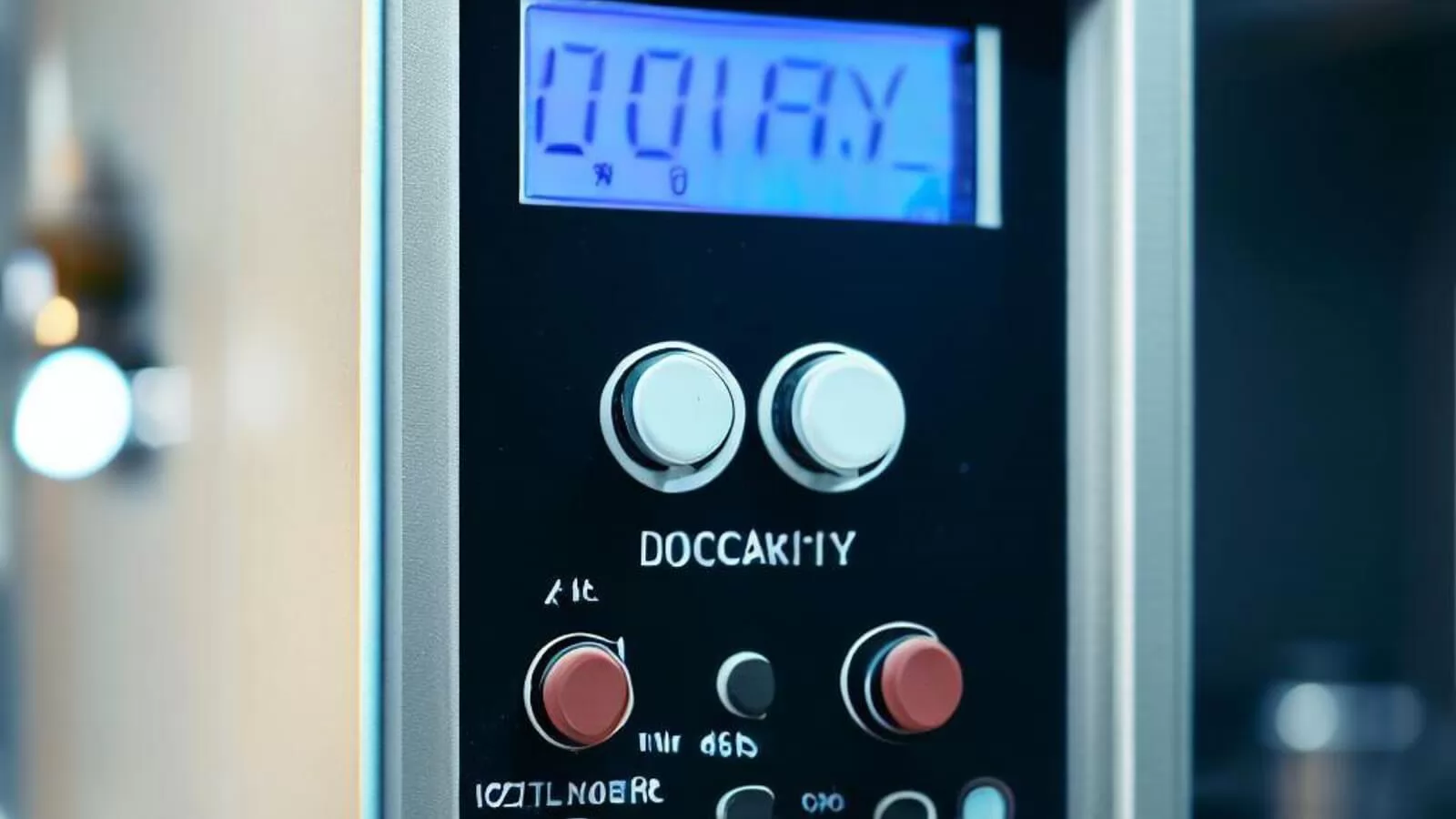
➣ Definition of portable dry block calibrator
A portable dry block calibrator is a compact and lightweight version of a dry block calibrator that is designed for field use. They are battery-operated and can be easily transported to remote locations.
➣ Advantages of portable dry block calibrators
a) Easy to transport
Portable dry block calibrators are lightweight and easy to transport, making them ideal for field use.
b) Suitable for a wide range of applications
Portable dry block calibrators are suitable for a wide range of applications, including those that require high levels of accuracy.
c) Battery operated
Portable dry block calibrators are battery operated, which means that they can be used in locations without access to a power supply.
➣ Disadvantages of portable dry block calibrators
a) Limited temperature range
Portable dry block calibrators have a limited temperature range compared to larger dry block calibrators. They are typically limited to temperatures below 650°C.
b) Lower accuracy
Portable dry block calibrators offer lower accuracy compared to larger dry block calibrators, typically within ±0.5°C or better.
Conclusion
Dry block calibrators are a crucial component of temperature calibration equipment, to sum up. They are simple to use, have a wide temperature range, and offer good accuracy. They do have some restrictions, though, such as longer heating and cooling durations and calibration drift over time. Dry block calibrators are more accurate than liquid bath calibrators but only have a few number of uses.
If you have other questions, please contact us!



